|
The other day, Dan and I played our first game of To the Strongest, the card-driven Ancients game by Simon Miller. I had picked up the rules at Salute the year they were published and liked the look of them but hadn’t got around to playing them. In recent years our group started using L’Art de la Guerre for Ancients games and it seemed better not to confuse things with a different set. However when I later bought, played and greatly enjoyed Simon’s and Anthony Brentnall’s ECW set For King and Parliament, I was keen to give TtS a go. As Dan is a committed classicist but new to Ancient wargaming, he was the ideal partner for the first game. TtS already has a loyal following but deserves to be better known. The designer’s notes explain that it was designed to be learnt easily and to play smoothly and quickly. With these aims in mind it uses a square grid and normal playing cards, which are used to regulate all actions and outcomes. It achieves its objectives beautifully. That said, I have read that both the grid and playing cards have put some people off trying it. If so, that is a shame: to my mind, the square grid helps constrain the players to a more plausible range of tactical choices than the fast and loose manoeuvres one sometimes sees with other rules sets. As for the cards, if they are a problem, they can be replaced by ten-sided dice without changing the mechanics at all. Using playing cards does however allow spectators to see what is going on and I am quite happy to stick with them. We kept things simple with a 100 point battle pitching Peloponnesian War Athenians against Spartans. I hoped the limited range of troop types involved would ease us into the game, without too many special rules to remember. Of course, we did need to assimilate the key Hoplite rule (no diagonal left movement; diagonal right counts as a simple move). I also lacked the quantities of javelin-armed light infantry required for two Hoplite armies, so over the two days preceding our game I frantically completed three new 8-figure units. Not the prettiest paint jobs but serviceable. One of these units, 8 plastic peltasts by Rospaks, had been waiting unpainted in my projects box since (can it be true?) 1982. Proof that the incentive of a looming game can unblock the tightest of painting jams. Dan took Athens while I led Sparta. In general, I had a better quality phalanx while Dan’s light troops were mostly superior to mine. We each placed our single cavalry unit on our right, with light infantry shared between the flanks. In the opening phases, the lights sparred on the wings while our hoplite lines approached each other. Dan’s cavalry overran the light javelins on my left and went deep, capturing my camp, destroying its ammunition reserves and losing me 3 victory medals. At about the same time the centres clashed. Obviously the memo about Spartan quality hadn’t reached the card deck as for a good two turns, I drew high when I wanted low and low when I needed high. Fortunately hoplites need three disorders to die and I did start landing blows before disappearing, although a disordered unit has a much reduced chance of hitting in melee (8+ instead of 6+). Dan chose to take his cavalry out of my camp to attack my centre from behind and I was able to retake it. I took back the 3 victory medals but not the ammunition supply, as it seemed likely that this would have been lost in the plundering. I did get a breathing space from my recovered medals and then, when I was fortunate enough to kill one of his generals, it seemed for a moment like I might retake the lead. But then I lost an allied hoplite unit in my centre, which allowed Dan to break into my line and take all my victory medals. It was a deserved win.
We enjoyed the game thoroughly and agreed that the rules are very quickly absorbed. The battle also felt right for a clash of two hoplite armies. Our light troops were all a bit crap, as they should have been, apart from Dan’s Cretan archers. The Hoplites had the resilience one would expect to see, combined with a satisfying lack of manoeuvrability. Fond as I am of L’Art de la Guerre, I do not think ADLG gives either the look or the feel of a hoplite encounter: too many gaps appear in the line and too many mini-units zip around into enemy flanks and manage other moves that are way too complex for this period. TtS felt more convincing, but still gave the choices and challenges that make a wargame enjoyable. The figures used are a mixture of old plastic Rospaks and Minifigs. The oldest were painted in 1982, when I was more frivolous about accuracy (if you look carefully you will spot both Snoopy and Charlie Brown on the Athenian shields). I am so happy that during the many years I spent away from Ancients, I didn’t find these armies a new home. Since our game I have been painting more Gauls, with a view to seeing how they play with TtS, against either a later Greek army or Republican Romans. Poor Dan is in for some more Ancients gaming very sooon.
4 Comments
Aidan
15/3/2020 07:58:59 pm
Hi,
Reply
Tim
19/3/2020 12:57:46 pm
Thanks Aidan.
Reply
Olivero
15/6/2020 09:28:01 pm
Hi, I only recently started playing TtS and must admit that i had mixed feelings becaus of the grid. But after playing a couple of games I must admit that the grid suits the style of play the rules are best for. Rather fast play, almost feeling the "action" on the table. It would lose that momentum if you tried to measure movement. I like them a lot. Different to many other rule sets, but absolutely worth trying!
Reply
Tim
16/6/2020 09:41:00 pm
Hi Olivero
Reply
Leave a Reply. |
Archives
November 2023
Categories
All
|
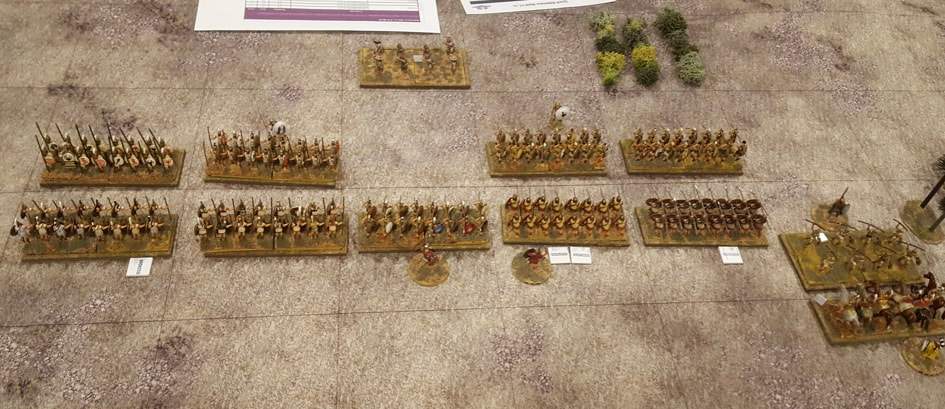
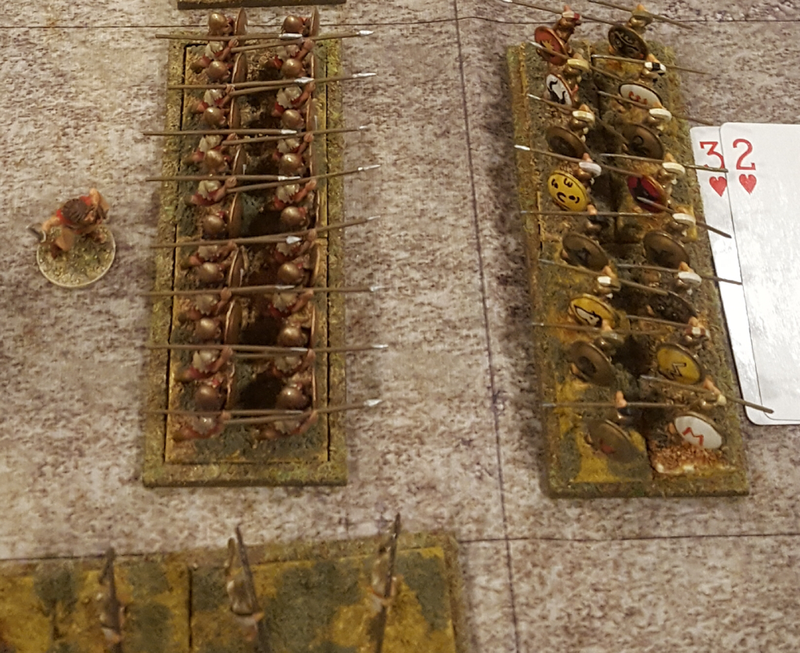
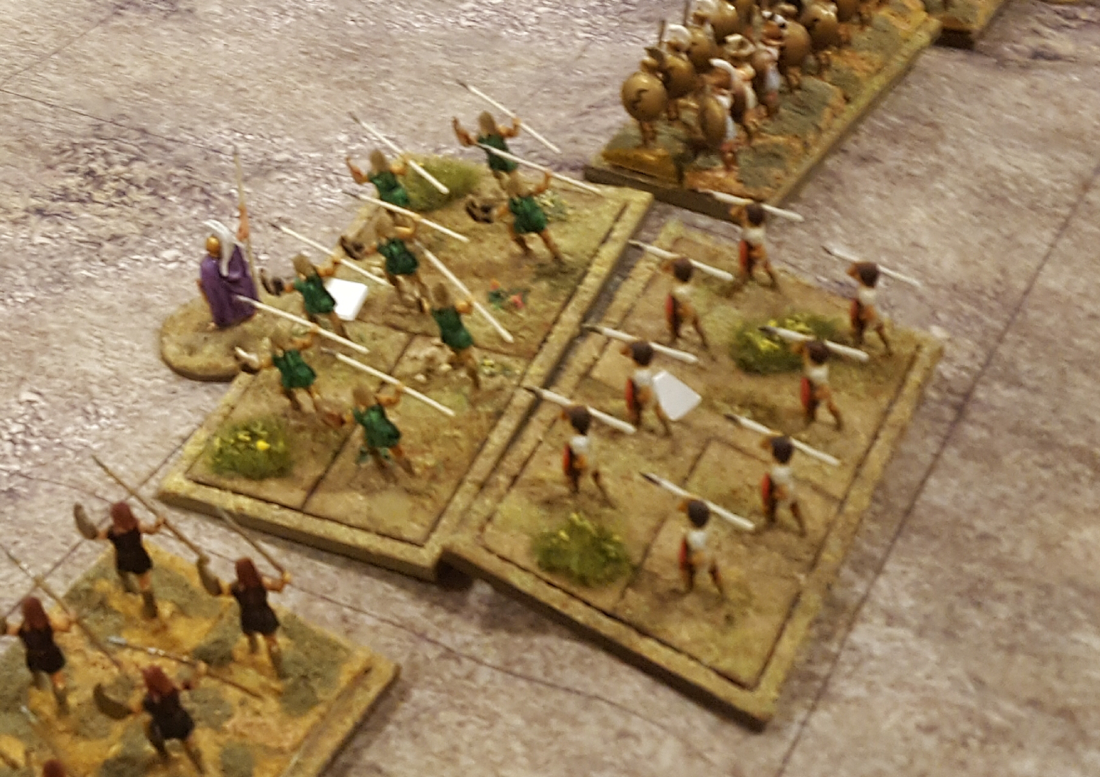
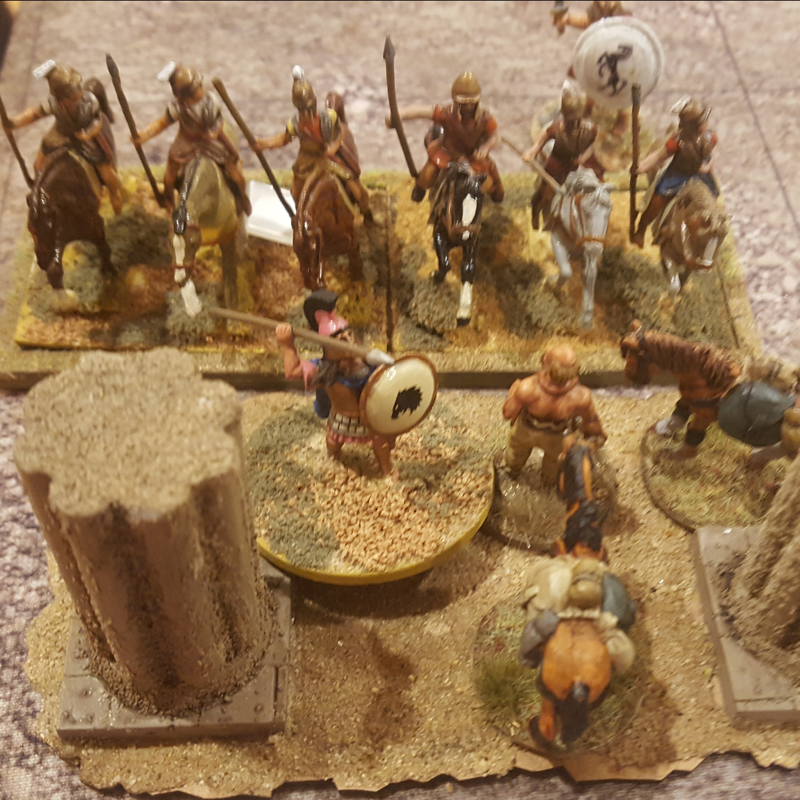
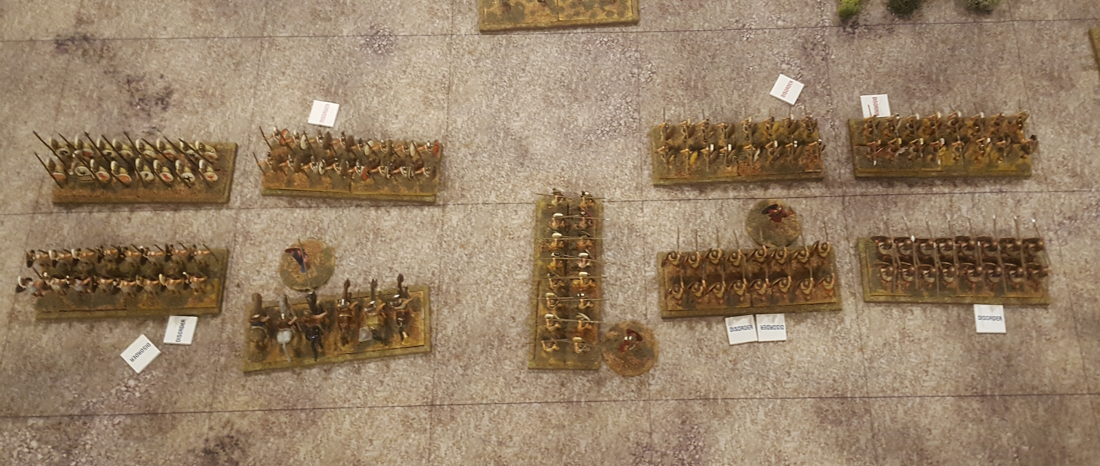
 RSS Feed
RSS Feed